detail profile yoshiko okada
Peran Yang Di Mainkan Yoshiko Okada
 Taking the Chilean coup as an...
Taking the Chilean coup as an...August without Emperor 1978
Taking the Chilean coup as an example, a group of young officers plan to overthrow the Japanese government on V-J Day. They aim to abolish the post-war constitution, restore the national army and revive the traditional spirit of Japan. As the conspiracy is exposed, the coup squadrons are wiped out one by one. The remaining squadron takes over a night train bound for Tokyo.
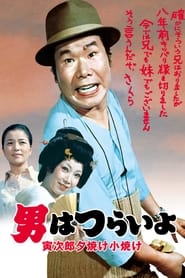 Torasan arrives in Shibamata on Mitsuos...
Torasan arrives in Shibamata on Mitsuos...Tora-san's Sunrise and Sunset 1976
Tora-san arrives in Shibamata on Mitsuo's first day of school only to find that on his account, Mitsuo was embarrassed. After a fight with his family, he goes to a bar to drink, then brings home a surly old man with a sad story, whose identity will surprise everyone. Later, Tora meets Botan, a geisha.
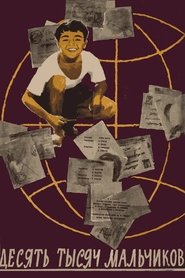 A Soviet violinist during a concert...
A Soviet violinist during a concert...Ten Thousand Boys 1962
A Soviet violinist, during a concert tour in Japan, meets a little milk carrier named Taro. Upon returning home, the violinist tells Moscow schoolchildren about the lonely little Japanese boy who dreams of corresponding with Soviet kids. And 10,000 pioneers offered Taro their friendship...
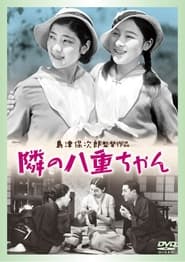 Keitaro is a law student and...
Keitaro is a law student and...Our Neighbor, Miss Yae 1934
Keitaro is a law student and Yaeko is a high school girl. They are neighbors, and their friendship is starting to develop into something more romantic. Then, Yaeko's sister Kyouko has a breakup with her husband and returns home. Kyouko is clearly interested in Keitaro and Yae becomes anxious.
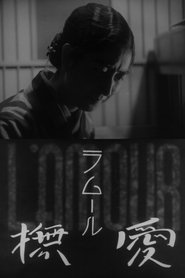 Heinosuke Gosho evokes in this film...
Heinosuke Gosho evokes in this film...Love 1933
Heinosuke Gosho evokes in this film the family conflicts engendered by the eternal problem of a father who projects his professional desires on the life of his son. The sister Machiko is the essential link that will allow everyone to apologize to each other and achieve reconciliation.
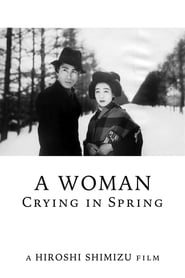 Kenji and Chuko travel to Hokkaido...
Kenji and Chuko travel to Hokkaido...A Woman Crying in Spring 1933
Kenji and Chuko travel to Hokkaido as migrant workers and enlist as miners under the strict leadership of Guzuyasu. On the boat journey to Hokkaido, Kenji attracts Ohama, who is travelling to Hokkaido to open a bar. When Kenji visits the bar, he chases away a sailor who was hassling a shy girl, Ofuji, which makes Ohama jealous.
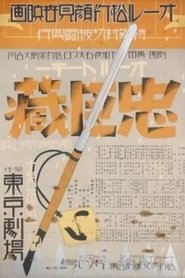 This 1932 adaptation is the earliest sound...
This 1932 adaptation is the earliest sound...The Loyal 47 Ronin 1932
This 1932 adaptation is the earliest sound version of the ever-popular and much-filmed Chushingura story of the loyal 47 retainers who avenged their feudal lord after he was obliged to commit hara-kiri due to the machinations of a villainous courtier. As the first sound version of the classic narrative, the film was something of an event, and employed a stellar cast, who give a roster of memorable performances. Director Teinosuke Kinugasa was primarily a specialist in jidai-geki (period films), such as the internationally celebrated Gate of Hell (Jigokumon, 1953), and although he is now most famous as the maker of the avant-garde silent films A Page of Madness (Kurutta ichipeji, 1926) and Crossroads (Jujiro, 1928), Chushingura is in fact more typical of his output than those experimental works. The film ranked third in that year’s Kinema Junpo critics’ poll, and Joseph Anderson and Donald Richie noted that 'not only the sound but the quick cutting was admired by many critics.
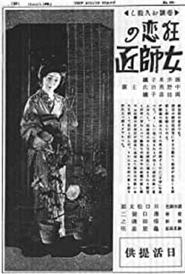 The curse of a jealous woman...
The curse of a jealous woman...The Passion of a Woman Teacher 1926
The curse of a jealous woman destroys lovers on the run. Considered a lost film.
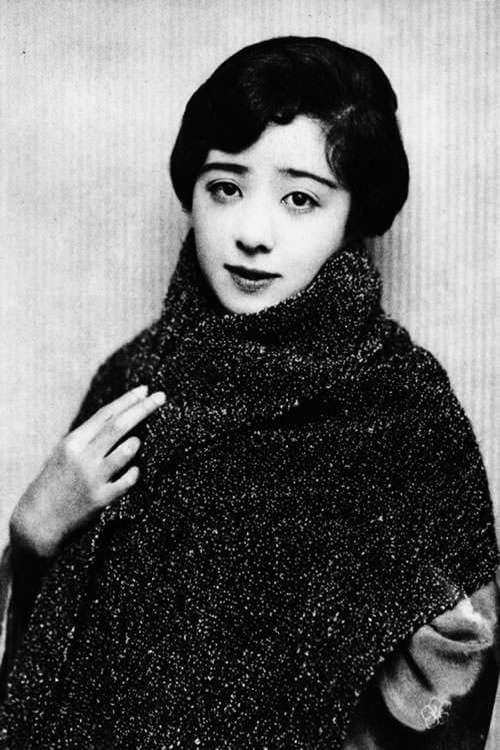
 A travelling group of young people...
A travelling group of young people...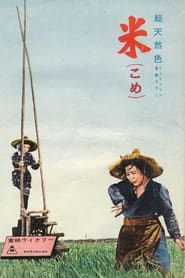 A touching story depicting the harsh...
A touching story depicting the harsh...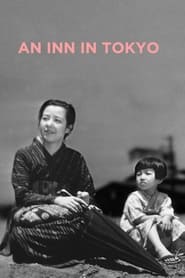 An unemployed Japanese man and his...
An unemployed Japanese man and his...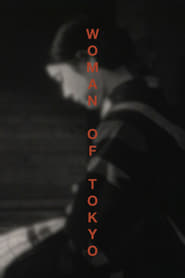 Ryoichi and Chikako brother and sister...
Ryoichi and Chikako brother and sister...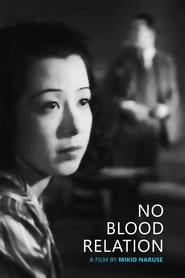 An actress returns to Tokyo after...
An actress returns to Tokyo after...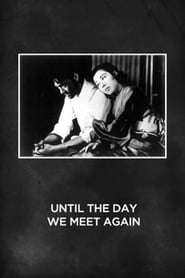 A young man falls in love...
A young man falls in love...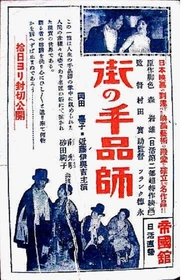 Directed by Minoru Murata
Directed by Minoru Murata